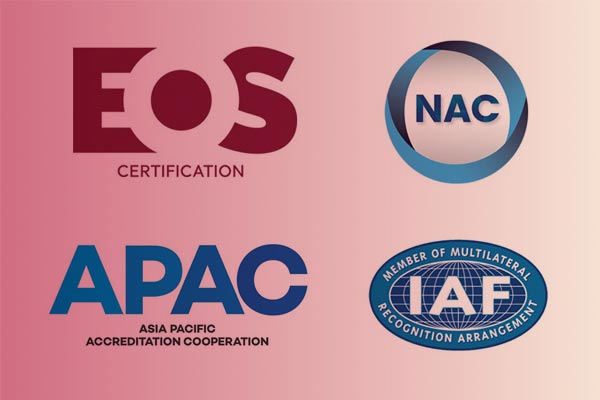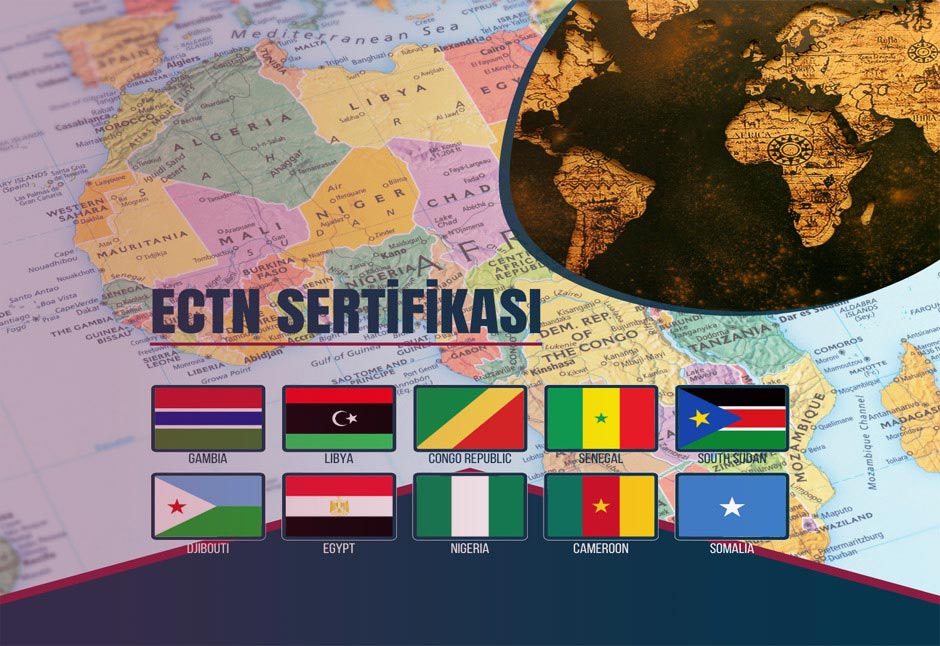- HOME
- CORPORATE
- SYSTEM CERTIFICATION
- ISO 9001 Quality Management System
- ISO 14001 Environmental Management System
- ISO 45001 Occupational Health and Safety Management System
- ISO 22000 Food Safety Management System
- ISO 27001 Information Security Management System
- ISO 27701 Personal Data / Privacy Information Management System
- ISO 22301 Business Continuity Management System (BCMS)
- ISO 20000-1 Information Technology Service Management System
- ISO 15504 Certificate (SPICE Certificate)
- ISO 37001 Anti-Bribery Management System
- ISO 50001 Energy Management System
- ISO 31000 Enterprise Risk Management System
- ISO 22716 / GMP - Good Manufacturing Practices
- GHP - Good Hygiene Practices
- BRC Certificate
- BSCI Social Compliance Certificate
- FSSC 22000 Certificate
- SEDEX Social Compliance Certificate
- ISO 10002 Customer Satisfaction Management System
- ISO 14064 Carbon Footprint Verification
- ISO 42001 Artificial Intelligence Management System
- DOCUMENTS
- Objection and Complaint Evaluation Form
- Certification Procedure
- Certified Customer Change Notification and Control Form
- Quality Policy
- Impartiality Policy
- Information Procedure
- Brand and Logo Usage Instruction
- Pricing Instruction
- General Terms for Management Systems
- Personnel Application Form
- Certification Application Form
- Information Technology Application Form
- Energy Management Systems Application Form
- NEWS
- CONTACT
GET A QUOTE
OUR SERVICES
EOS Certification
Who Are We?
EOS Certification is an accredited organization providing services for the certification of all standards. Tailored to the needs of businesses, it conducts audits and certification processes for standards such as ISO 9001 Quality Management System, ISO 14001 Environmental Management System, ISO 45001 Occupational Health and Safety Management System, ISO 27001 Information Security Management System, ISO 27701 Personal Data/Privacy Information Management System, ISO 22301 Business Continuity Management System, ISO 20000-1 IT Service Management System, ISO 22000 Food Safety Management System, and ISO 50001 Energy Management System.

Customer Reviews
Why EOS Certification?
EOSCert;
- Has been audited according to the ISO/IEC 17021 standard.
- Holds NAC Accreditation.
- Manages all certification processes.
- Is accredited in specific areas such as ISO 22301.
- Works with a customer satisfaction-oriented approach.
- Provides instant solutions.
- Offers services at the most affordable prices.
- Supports all kinds of needs.

































